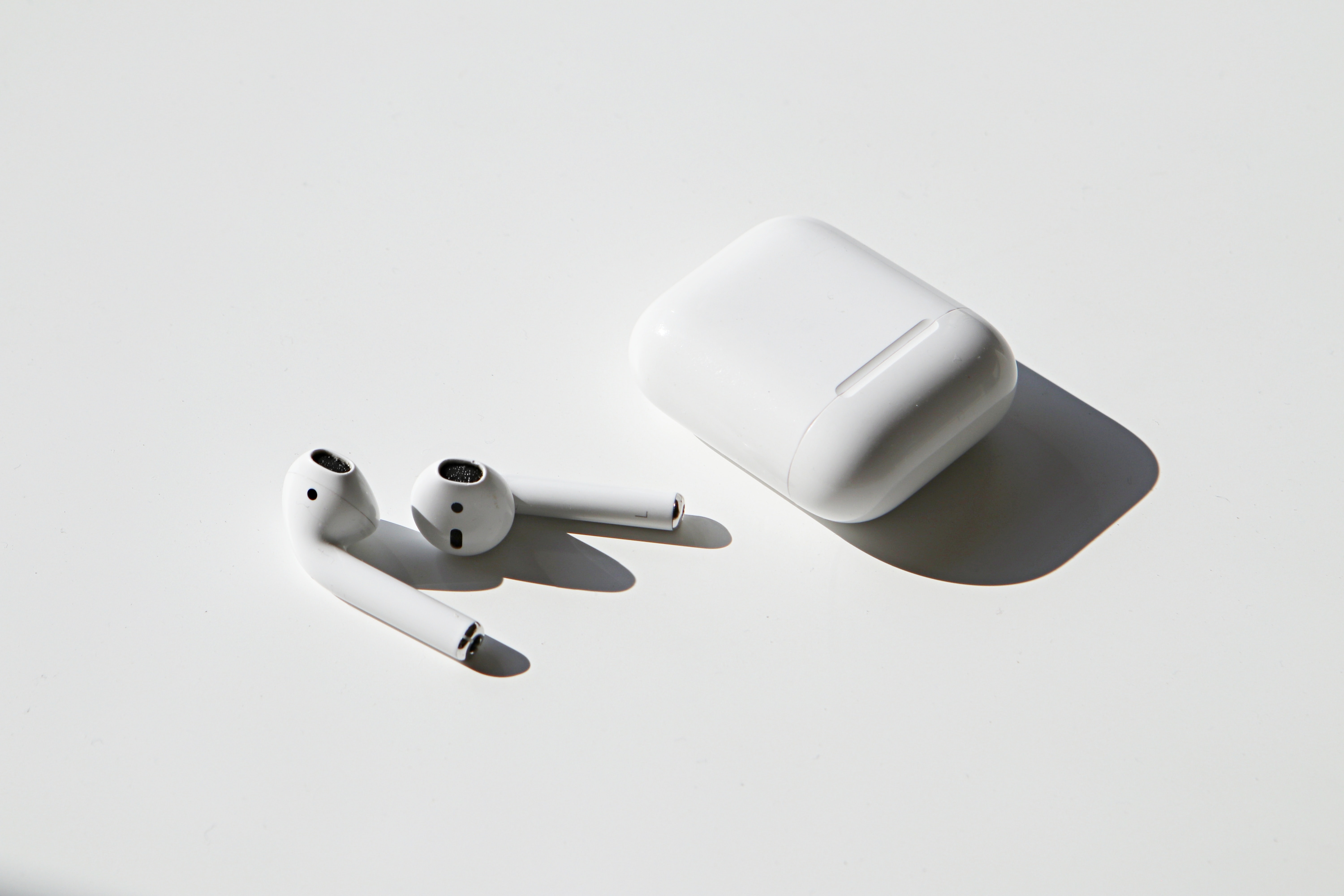Blinds then and now
“On the black Škoda Popular Monte Carlo coupé we see a tapering rear end with a fin to provide stability, as well as teardrop-shaped mudguards. The grilles in front of the headlights and radiator are prominent, and are designed to help air flow around what are essentially vertical headlight surfaces,” Jagrik says, describing the striking design.
Jan Jagrik, head of the aerodynamics development department, and the Dynamic 935 – a “streamlined” car designed with motorways in mind and with several aerodynamic features, such as rear wheel covers and a stabilising fin on the tapering rear.
According to his colleague, aerodynamics project manager Vojtěch Jakubec, the cars show an effort to tackle issues that are still being pursued today, albeit in a slightly different way, of course. “It’s precisely the flow detachment behind the rear of the car that we are still very much focused on today. Another issue is the wheels – the 935 Dynamic has its rear wheels covered, which is a real benefit to the aerodynamics. On the other hand, I don’t think they paid much attention to the underside of the floor back then, which is a very important focal point on cars today.”
So can the experts find elements on vintage cars that are still used today? Some, apparently, although the vast majority of solutions used ninety years ago simply aren’t applicable today. That’s mainly because of the present-day legislation. In the past, car’s behaviour in crashes wasn’t considered – there were no crash tests, there were no pedestrian protection regulations, cars could have all kinds of protruding parts, and there was no consideration of the view from the cab or the positioning of headlights.
 Aerodynamics specialist Josef Šiman and the Škoda Popular Monte Carlo
Aerodynamics specialist Josef Šiman and the Škoda Popular Monte Carlo
“But on the Rapid, for example, we see a blind in front of the radiator that the driver could roll down when cooling wasn’t needed. The blind shielded the radiator so the air was not forced through, but flowed around the body – a path of less resistance. We still have this today in modern cars, but its design is of course completely different and it has automatic electronic controls. But the principle is the same,” explains aerodynamics specialist Josef Šiman.
 The blind in front of the radiator grille on the Rapid, which the could lower if he didn’t need cooling.
The blind in front of the radiator grille on the Rapid, which the could lower if he didn’t need cooling.




